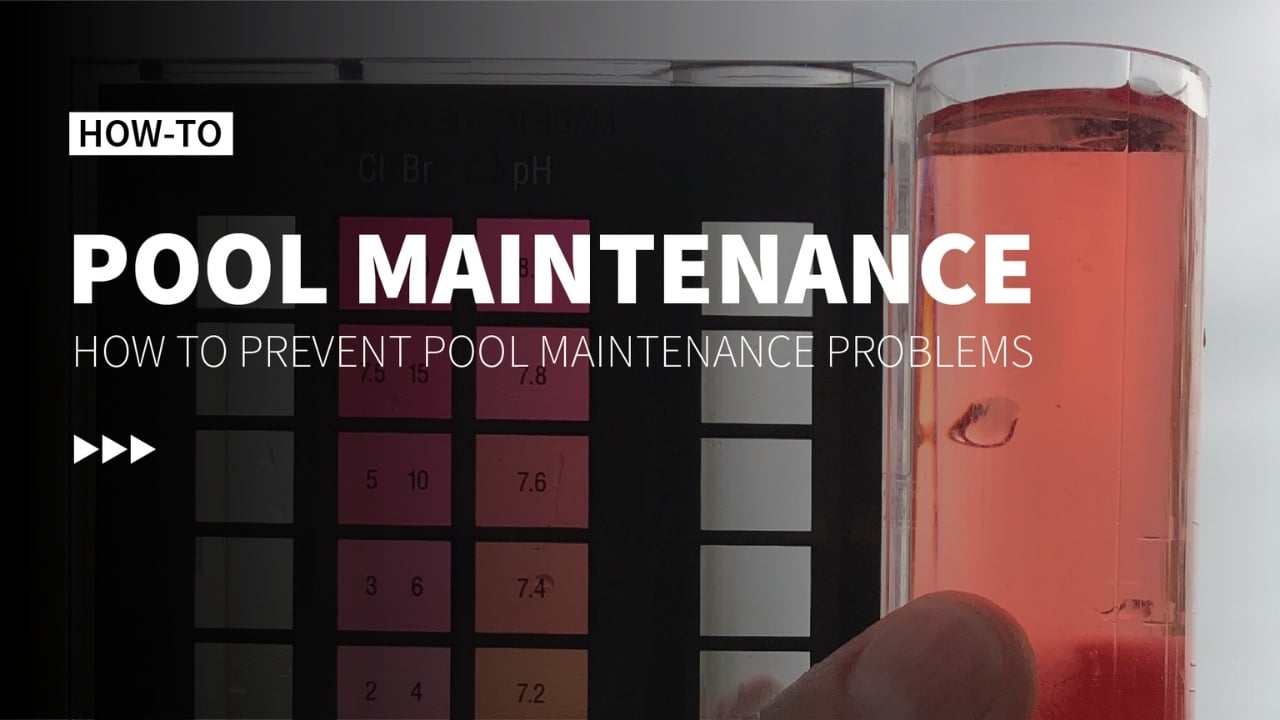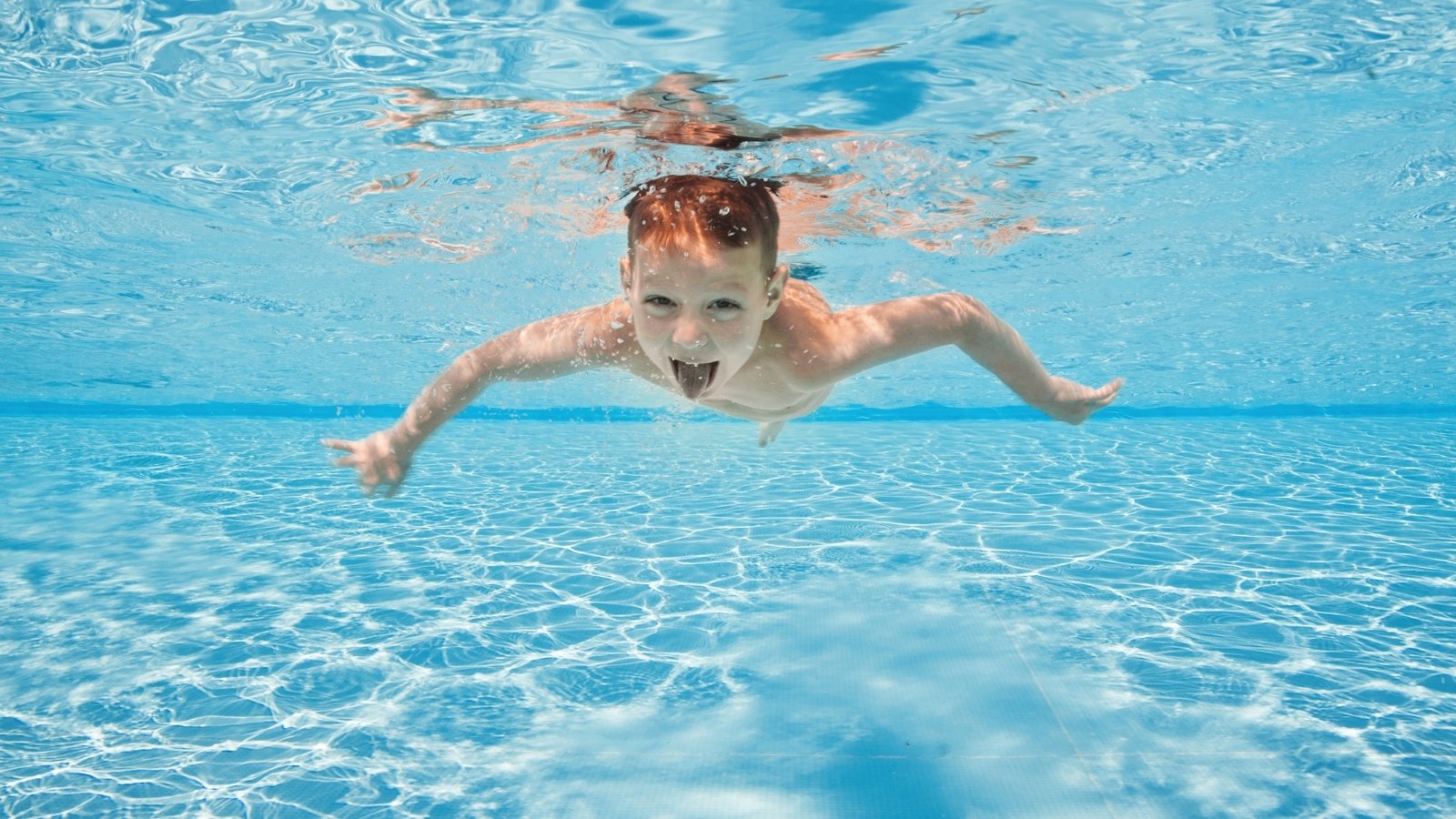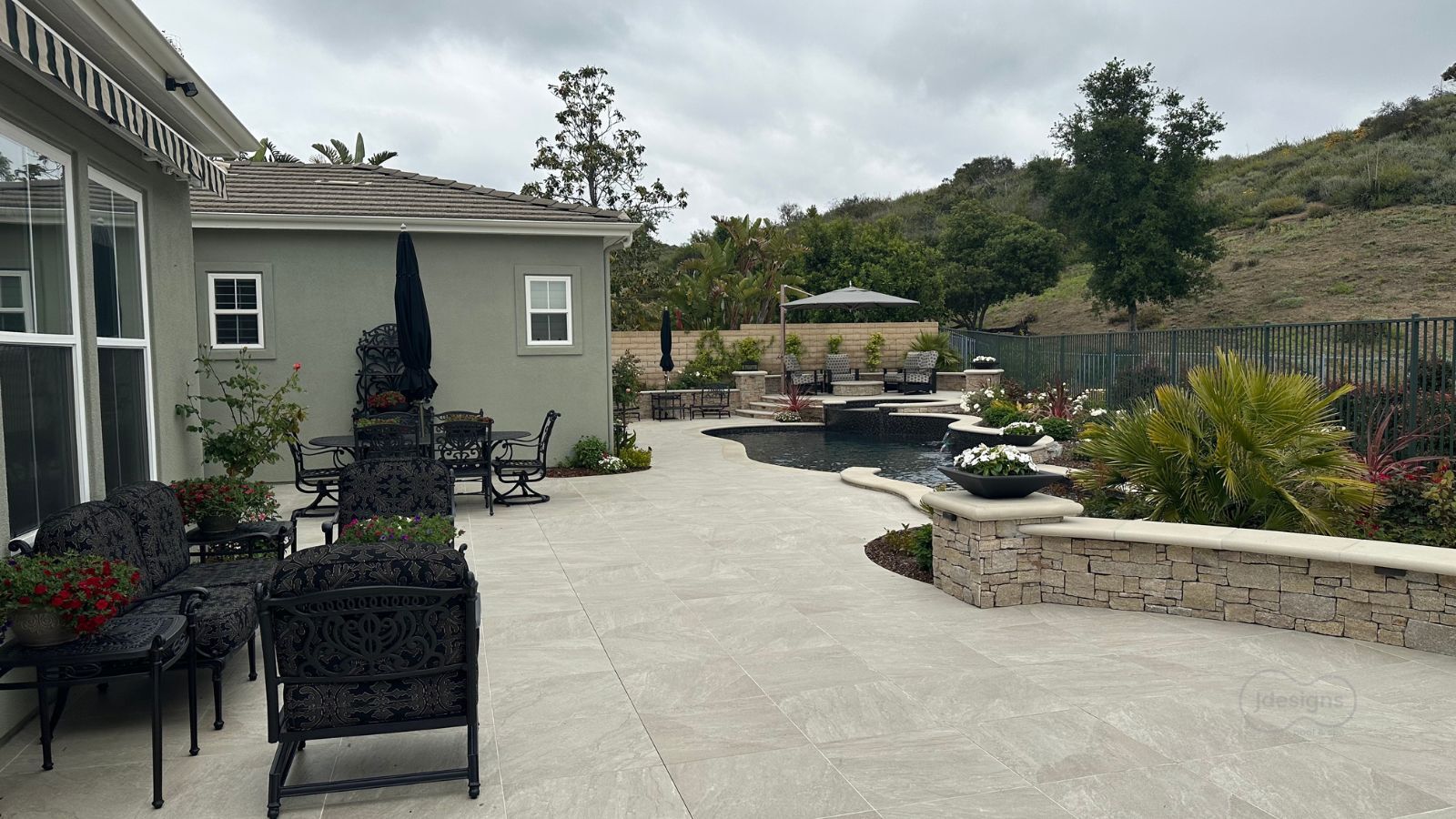How Much Does It Cost to Heat a Pool in LA with a Natural Gas Heater?
If you’ve ever felt a pang of guilt after switching on your pool heater and then saw your gas bill, you’re not alone! Many pool owners think heating...
4 min read
Liliana Escudero : Jun 7, 2025


You’re not alone—and this beginner-friendly guide is here to help.
In this article, you’ll learn the 7 key water chemistry factors that every pool owner should understand. We’ll explain what each one does, what causes levels to rise or fall, and what you can do to fix them with simple language, real-life tips, and examples.
By the end, you’ll know exactly what’s happening to your pool and how to balance your water like a pro.
.jpg?width=223&height=297&name=After%20fire%20Vertical%20Blog%20Visual%20(2).jpg)
But First: Check Your Filter
Before you dive into chemistry, please make sure your filter is clean and circulating properly.
Even perfect water chemistry won’t matter if your system isn’t moving water efficiently. In older pools, especially, filter systems may be underperforming. If your filter resembles the one pictured here, it’s time for a replacement.
.png?width=396&height=332&name=August%204%20(1).png)
Water balance is the state in which your pool water remains safe, clean, and stable for swimmers and pool systems. When your water is properly balanced, it:
Feels better on your skin
Allows chlorine to work effectively
Prevents damage to surfaces and equipment
Stays clear, comfortable, and easy to manage
Let’s break down the seven essential chemistry factors that keep your pool in balance:
What it is:

pH measures the acidity or alkalinity of your water. The scale ranges from 0 (acidic) to 14 (basic), with a pH of 7.4–7.6 being ideal for pool water. Aim for 7.5 as your target.
Why it matters:
If your pH is off, chlorine won’t work properly—leading to cloudy water, irritation, and higher costs.
What raises pH:
Splashing, waterfalls, or spa jets (they add air to the water)
Saltwater systems
Some chemicals like soda ash
What lowers pH:
Acid (like muriatic acid or dry acid)
Stabilized chlorine (like trichlor or tablets)
CO₂ systems
Quick Tip:
Fix alkalinity first—it makes controlling pH much easier.
What it is: TA stabilizes pH and helps prevent large swings. It’s made mostly of bicarbonate and acts like a buffer.
Good range: 90–110 ppm
What raises TA:
Adding baking soda (sodium bicarbonate)
Some types of fill water
What lowers TA:
Adding acid
Rain, leaks, or splashing that removes or dilutes the pool water
Reverse osmosis (RO) filters are typically used for drinking water and are installed between the cold water source and the pool. While adding one of these filters to a pool is generally not discussed or practiced in our industry, it is highly recommended.
What it is: CH measures how much calcium is in your water. Your pool needs some—but not too much.
Good range: 250–400 ppm (depends on your pool surface but let's stick to plaster pools)
What raises CH:
Adding calcium chloride or cal hypo
Using hard tap water
Water "grabbing" calcium from plaster or tile grout if it's unbalanced
What lowers CH:
Diluting the pool with soft water (like rain)
RO filtration
Forcing calcium to form dust and vacuuming it out (last resort)
Watch out for: White scale, cloudy water, or rough surfaces.
What it is: CYA (also called a stabilizer or conditioner) protects chlorine from being destroyed by sunlight / UV rays.
Good range: 30–50 ppm
What raises CYA:
Adding it directly (granular or liquid)
Using stabilized chlorine (trichlor or dichlor tabs/shock)
What lowers CYA:
Draining and refilling
RO filtration (Reverse Osmosis)
Letting it slowly break down (takes months)
Special CYA-removing products (some work, some don’t)
Important: Too much CYA weakens chlorine—even when your test says chlorine levels are “good.”
What it is: TDS includes salts, minerals, and leftover chemicals in your pool, basically the gunk that builds up over time.
Why it matters: High TDS can make water appear cloudy, dull, or unresponsive to treatment, even when test results appear good.
What raises TDS:
Adding chlorine, salt, calcium, or stabilizer
Replacing evaporated water with tap water
What lowers TDS:
Draining and refilling
RO filtration
Ozone, and UV systems (long-term prevention)
Pro Tip: If your water looks dull but everything tests okay—check your TDS.
What it is: CC is chlorine that’s already reacted with sweat, ammonia, or contaminants. It’s no longer sanitizing and causes that classic “chlorine smell.”
Good level: 0 ppm (or as close as possible)
What raises CC:
People peeing or sweating in the pool
Ammonia-based products (like some algaecides or cleaners)
Certain tap water sources
What lowers CC:
Shocking the pool (breakpoint chlorination)
Using enzymes
Secondary systems like UV, ozone, or AOP
RO filtration
Remember, a Strong chlorine smell ≠ means a clean pool. It might mean chlorine is struggling.
What it is: Phosphates are nutrients that feed algae. While they don’t consume chlorine directly, they create conditions that allow chlorine to be used up fighting algae.
What raises phosphates:.jpg?width=283&height=378&name=Pollen%20Vertical%20Blog%20Visual%20(1).jpg)
Tap water
Leaves, grass, dirt
Pool chemicals (like stain inhibitors)
Swimmers (yes, humans carry phosphorus too!)
What lowers phosphates:
Using a phosphate remover
RO filtration
Diluting the pool with cleaner water
Tip: Keep levels below 500 ppb to prevent algae growth and help chlorine work efficiently.
Want to stop algae before it starts?
Balancing pool water may sound complicated at first—but once you know what to look for, it becomes much more manageable.
Here’s the order we recommend when testing and adjusting:
Start with Total Alkalinity (TA)
Adjust pH
Then check Calcium Hardness (CH)
Test Chlorine and CYA
Keep an eye on Phosphates, TDS, and CC weekly
Now that you understand the 7 pillars of pool water balance, your job is simple:
Test your water weekly
Make one small change at a time
Use this guide to understand what the numbers mean—and what to do next
And remember: If your pool water is balanced, your chlorine can focus on keeping it clean.

If your water still feels off or your numbers aren’t adding up, our service division can help. We offer:
Advanced water testing
Professional pool balancing
Tailored recommendations based on your pool system

If you’ve ever felt a pang of guilt after switching on your pool heater and then saw your gas bill, you’re not alone! Many pool owners think heating...

Is Large Format Tile Right for Your Pool Project? What Every Homeowner Should Know Thinking about building or transforming your pool with...

You just invested in a brand new pool. What’s next? Thinking you can handle pool care with a few YouTube videos and a set of chemicals?